
Consumers shop at a duty-free mall in Haikou, capital of Hainan province, on Jan 1. (Photo by Su Bikun/For China Daily)
China's services sector is expected to see strong growth momentum this year after renewed hustle and bustle is seen reviving the consumer market amid policies to optimize COVID-19 controls and stabilize the economy, officials and experts said on Wednesday.
Li Suoqiang, an official with the National Bureau of Statistics, said that since mid-December to late-December, passenger flows recorded in major business clusters have increased significantly and interprovincial and long-distance travel demand has increased.
During the New Year's Day holiday, more than 2.13 billion parcels were delivered. Among them, collection and delivery of parcels increased 15.2 percent and 11.5 percent year-on-year, respectively, Li said.
Cinema box office sales during the holiday exceeded 550 million yuan ($81.3 million), and the operating rate of theaters nationwide reached 85 percent, a record high in 10 months, Li added.
Since January, urban passenger transport volume has picked up significantly. The Ministry of Transport predicted that passenger flow during the upcoming Spring Festival travel rush will exceed 2 billion, which is expected to be double that of the previous year, he said.
Wang Wei, head of the Market Economy Research Institute at the Development Research Center of the State Council, said that the expanding consumption of services will become the largest source of consumption growth.
Wang said that the consumption of services in areas like cultural tourism, elder care, child care, medical education, sports and leisure will become a key driver of consumption growth, and the growth rate of services consumption will continue to surpass that of commodity consumption.
It is estimated that at the end of the 14th Five-Year Plan period (2021-25) or in the early stage of the 15th Five-Year Plan period (2026-30), the proportion of residents' services consumption is expected to rise to 50 percent, making it an important driving force that supports consumption growth, Wang said.
Zhou Mi, a senior researcher at the Chinese Academy of International Trade and Economic Cooperation, said innovation was key to driving China's services sector development. "Online services saw rapid growth, though the pandemic dealt a blow to the consumer market. With the optimization of COVID-19 control measures, demand for offline services will gradually pick up and companies need to discover new business growth points for further development."
The remarks followed a rebound in the services sector last year despite COVID-19 challenges, with the role of new growth drivers becoming more prominent.
In 2022, the added value of the services industry was nearly 63.9 trillion yuan, an increase of 2.3 percent over the previous year. The added value of the services industry accounted for 52.8 percent of the GDP, 12.9 percentage points higher than that of the secondary industry. The contribution rate of the services industry to national economic growth was 41.8 percent, driving GDP growth by 1.3 percentage points, according to the NBS.
New growth drivers have played a leading role in the development of the services sector. Last year, the added value of the industry of information transmission, software and information technology services, as well as the finance industry, increased by 9.1 percent and 5.6 percent year-on-year, respectively, driving the added value growth of the services sector by 1.5 percentage points, the NBS said.
Li said that investment in the services industry continued to expand last year. The fixed asset investment in the services industry increased by 3 percent over the previous year, and the growth rate was 0.9 percentage point higher than the previous year. Among the various fields, fixed asset investment in health care services saw a rapid growth of 27.3 percent over the previous year.
Trade in services maintained rapid growth. From January to November, the total import and export volume of services trade was more than 5.4 trillion yuan, a year-on-year increase of 15.6 percent. Among them, services exports were about 2.58 trillion yuan, a year-on-year increase of 15.5 percent. Services imports reached 2.82 trillion yuan, a year-on-year rise of 15.6 percent.

















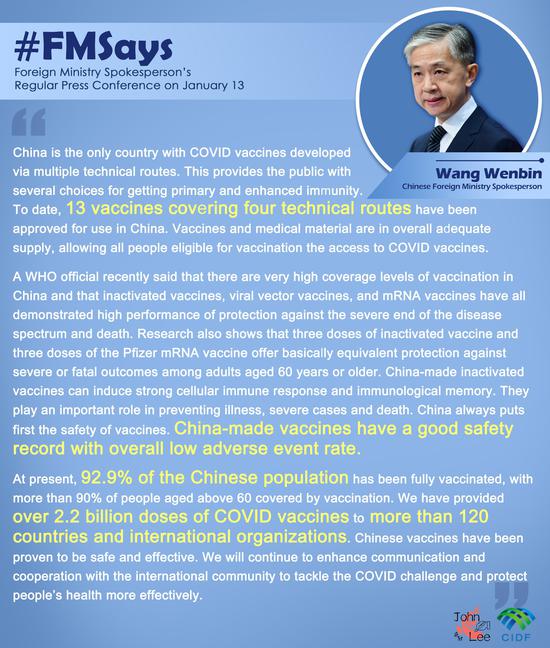




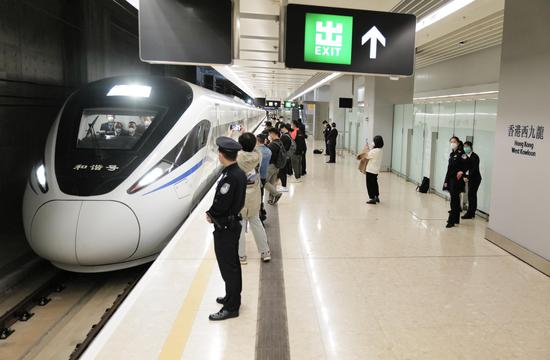

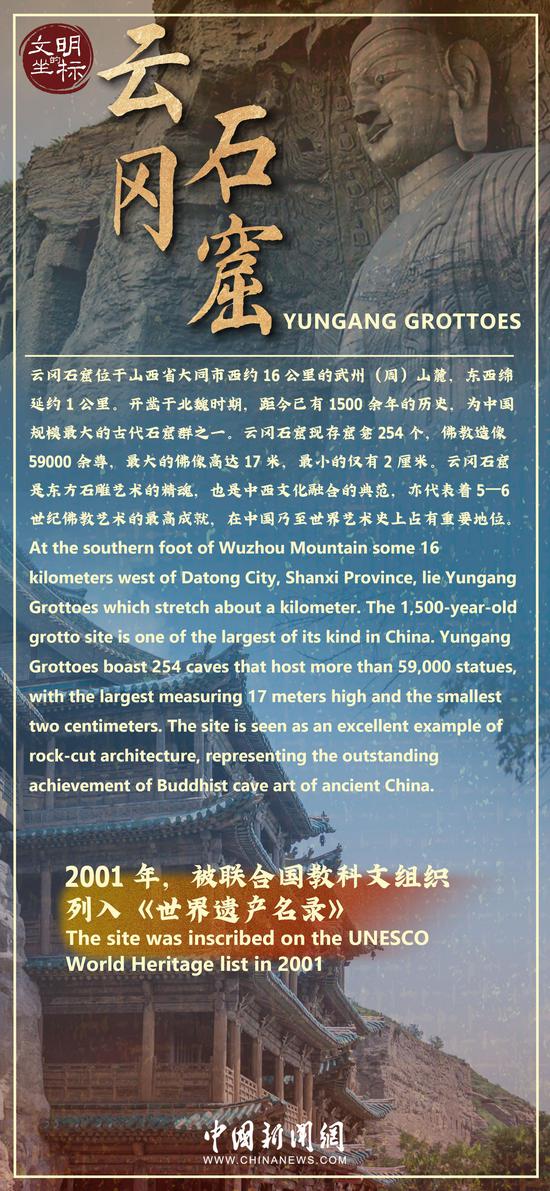


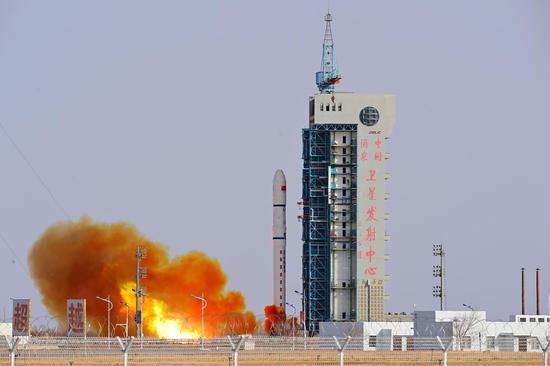

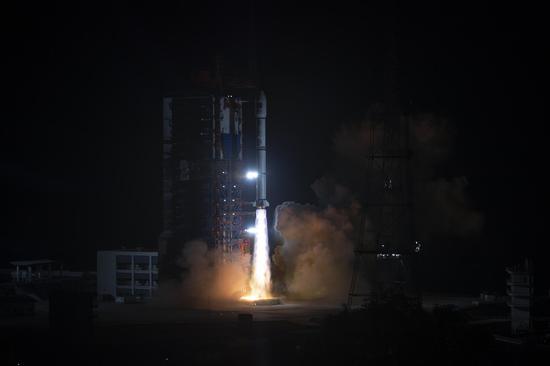
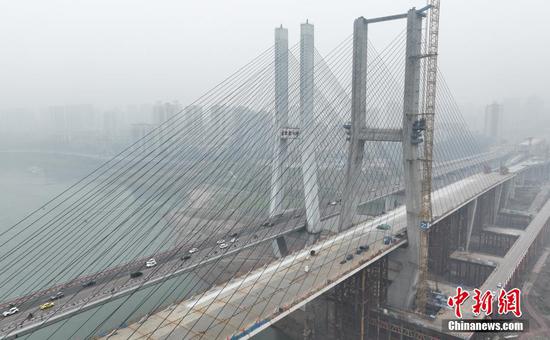



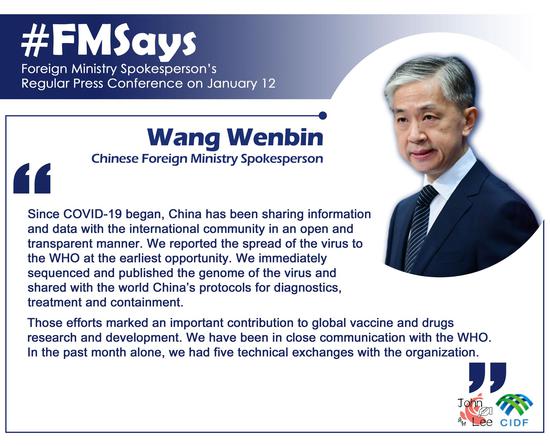
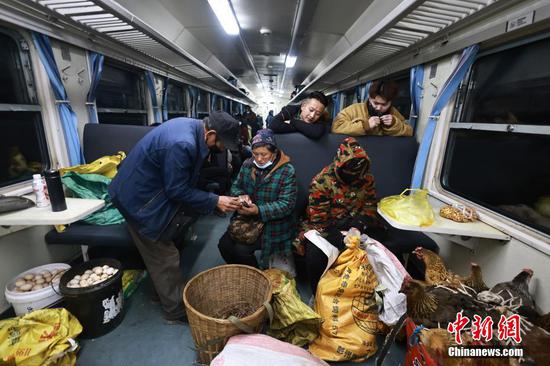
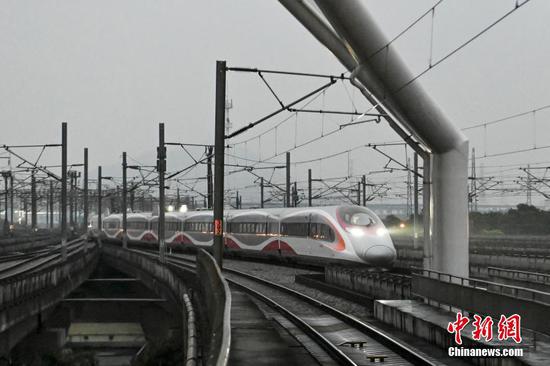

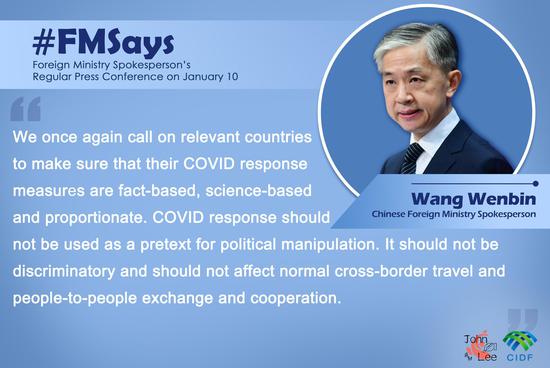
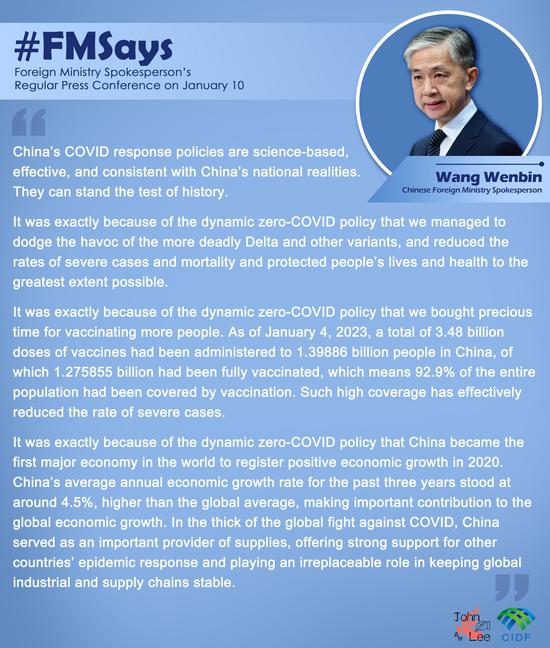

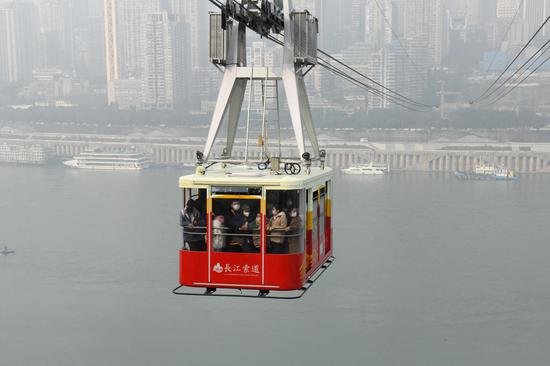








 京公网安备 11010202009201号
京公网安备 11010202009201号